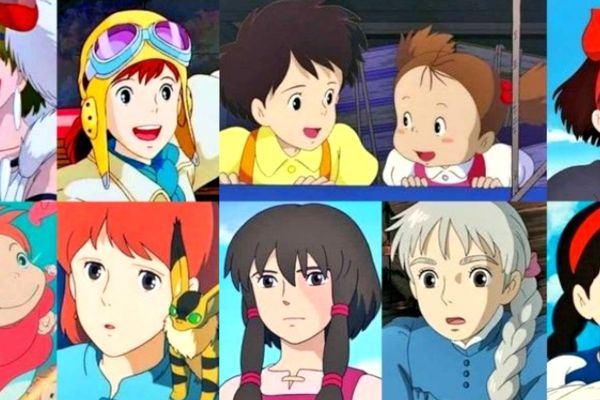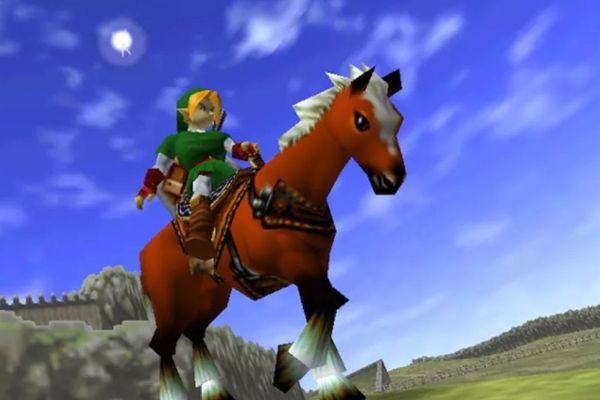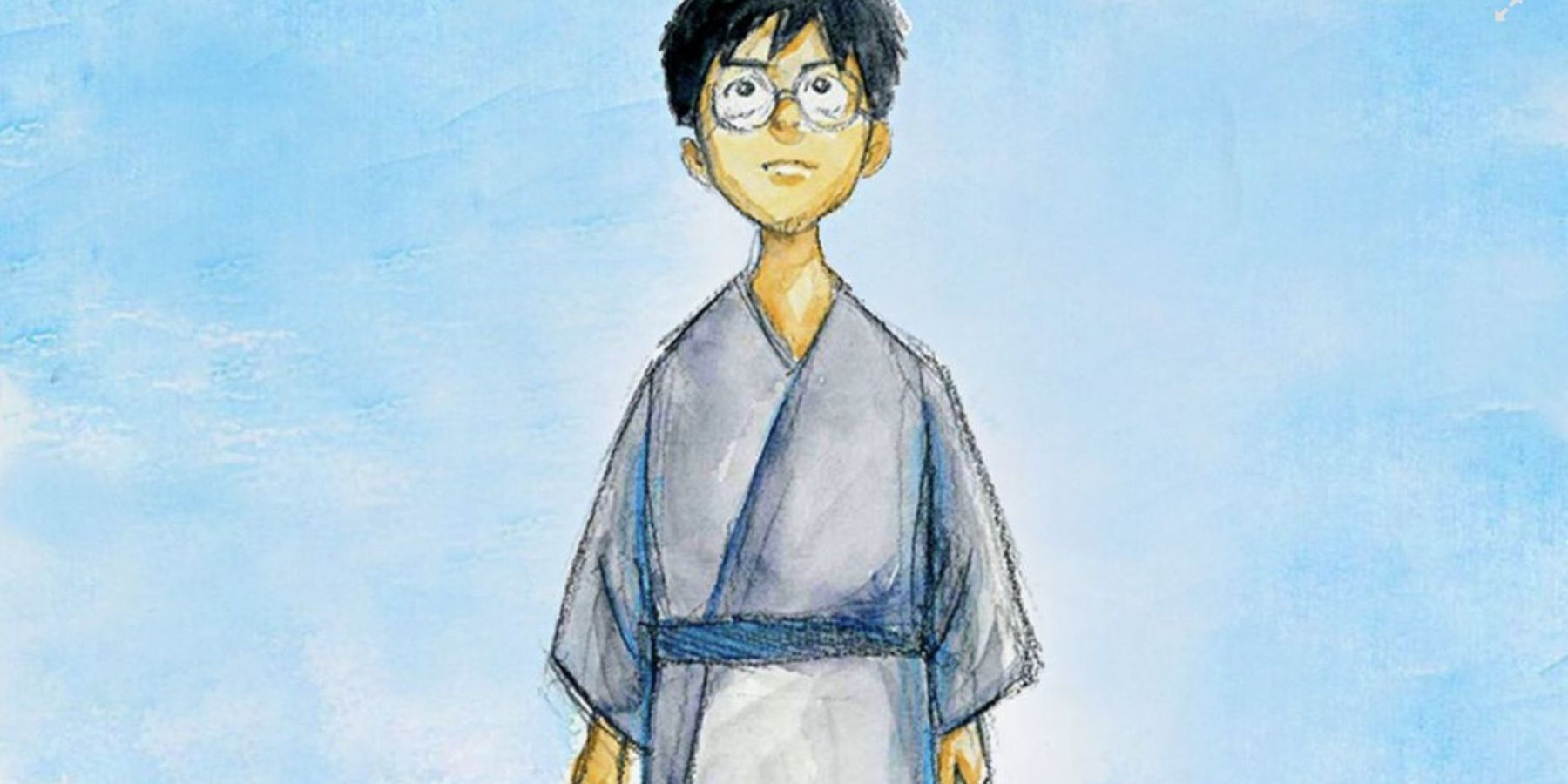
Giant God Warrior Appears In Tokyo: Everything We Know About Studio Ghibli's First Live-Action Movie

A deep dive into the world of Studio Ghibli's live-action venture, Giant God Warrior Appears in Tokyo, and its connection to the broader universe of Japanese cinema.
The Legacy of Studio Ghibli and Kaiju Movies
Studio Ghibli, a titan in the world of animation, is renowned for its enchanting and evocative storytelling. Co-founded by the legendary Hayao Miyazaki and Isao Takahata, the Japanese studio made celebrated films like Spirited Away, My Neighbor Totoro, and Princess Mononoke. These films exemplify the studio's mastery in weaving tales that blend the whimsical with the profound and Japanese culture. Studio Ghibli's films are cherished not only for their stunning animation but also for their deep, thoughtful narratives and memorable characters, making them beloved across generations.
Giant God warrior looks imposing in Warrior Appears in Tokyo
Another cornerstone of Japanese cinema is Kaiju movies, a term synonymous with giant monsters. The genre stands at the epicenter of a unique genre that has fascinated audiences for decades. These colossal creatures, often seen rampaging through cities or battling other behemoths, have become cultural icons, with Godzilla being the most famous kaiju example. The kaiju genre, characterized by its larger-than-life characters and spectacular destruction, offers more than just visual thrills; it often contains subtexts related to ecological disasters, war, and human hubris. In 2012, these two worlds of Japanese cinema collided, as Studio Ghibli made a live-action kaiju short film: Giant God Warrior Appears in Tokyo.
Tokyo on fire in Giant God Warrior Appears in Tokyo
The Story of Giant God Warrior Appears In Tokyo
Giant God Warrior Appears in Tokyo diverges from Studio Ghibli's traditional narrative style, presenting a stark, dystopian vision of Tokyo in the grips of annihilation. The film centers around the arrival of an immense, god-like creature - the Giant God Warrior - in modern Tokyo. Unlike any being the world has ever seen, this colossal entity towers over the city's skyline, its form exuding an aura of ancient and unfathomable power. The creature begins its rampage, annihilating everything in its path with a mixture of primitive brute force and otherworldly energy weapons, such as a beam that shoots from its mouth.
Giant God Warrior walking through Tokyo in Giant God Warrior Appears in Tokyo
This colossal creature, resembling ancient mythological beings, is not just a random occurrence but a predicted event, having been ominously foretold through various online platforms in the movie. The tension builds as citizens and government authorities grapple with the reality of these predictions turning into a terrifying truth. Adding to the terror, the movie's climax reveals the arrival of additional kaiju, each distinct in appearance and equally formidable. This twist intensifies the apocalyptic scenario, as the world is left at the mercy of these monstrous beings and is destroyed in seven days, as long as it took for the world to be created.
Giant God Warrior walking through Tokyo in Giant God Warrior Appears in Tokyo
The Impact and Connections of Giant God Warrior Appears In Tokyo
The studio is renowned for crafting films that, despite their dark themes and scary Studi Ghibli creatures, such as themes of loss and No-Face in Spirited Away, remain accessible to younger audiences. However, being live-action isn't the only mold that Giant God Warrior Appears in Tokyo breaks. The film ventures into territories far darker and more intense than Ghibli's typical works. The Giant God Warrior, a creature of nightmares, is a far cry from the whimsically daunting spirits seen in films like My Neighbor Totoro.
Giant God Warrior floating over Tokyo in Giant God Warrior Appears in Tokyo
Though Giant God Warrior Appears in Tokyo is a live-action movie, it intricately ties into the universe of one of Studio Ghibli's most acclaimed animated films, Nausicaä of the Valley of the Wind. This connection enriches the narrative, offering a backstory to the dystopian world portrayed in the animated classic. The Giant God Warrior, a being of immense power and destruction, serves as a pivotal element in the lore of Nausicaä of the Valley of the Wind. Its appearance in Tokyo can be seen as a prelude to the events that led to the world Nausicaä inhabits. This connection not only provides a deeper understanding of the animated film's setting but also adds a layer of mythos to the Nausicaä universe, illustrating the catastrophic events that shaped its future.
An army of Giant God Warriors in Giant God Warrior Appears in Tokyo
Giant God Warrior Appears in Tokyo found an interesting pairing in its screening alongside the 2012 anime film Evangelion: 3.0 You Can (Not) Redo. This combination was akin to the tradition of Pixar including a short film before the main feature, offering audiences a unique cinematic experience. The pairing was particularly apt, given both films' exploration of apocalyptic themes and colossal beings. While Evangelion delves into the human psyche and the existential crises born from a world in peril, Giant God Warrior Appears in Tokyo presents a more straightforward, albeit visually striking, depiction of destruction. This juxtaposition offered audiences a diverse yet thematically connected viewing experience, enhancing both works.
Giant God Warrior looks terrifying in Giant God Warrior Appears in Tokyo




















